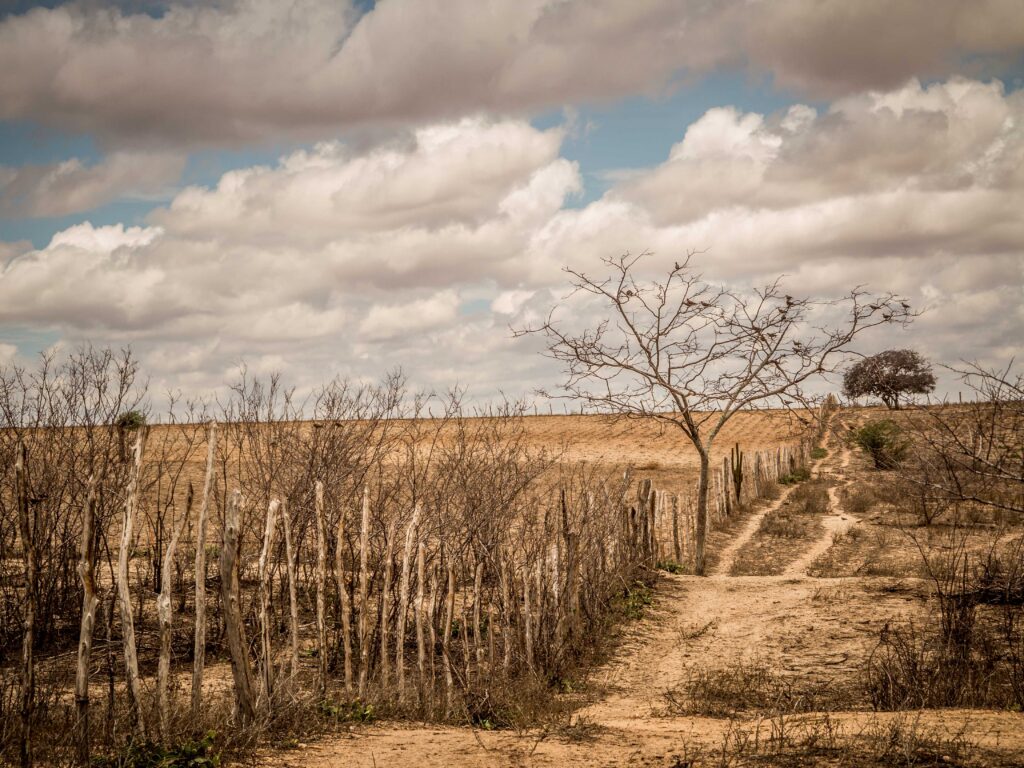Droughts, overpopulation and hunger: the future demands climate justice
Carlos Magno de Medeiros Morais
Centro Sabiá’s Social Mobilization Coordinator

According to recent data from the United Nations (UN), the world’s population has reached 8.2 billion people and, by 2080, is expected to grow by another 2 billion, reaching 10.2 billion. After this peak, the tendency is for it to gradually decrease. However, this projection is an average, and averages are not always the best way to analyze such large numbers.
As I often say, it’s hard to make an average between bananas and jackfruit; they’re both fruits, but very different from each other. This example brings us to a crucial point: while South Korea has a fertility rate of just 0.7, in Niger it is almost 10 times higher. This huge disparity is closely linked to access to health services, economic development and cultural factors.
In other words, in general terms, poorer countries tend to have higher population growth rates, while rich countries have extremely low rates. This is a fundamental aspect to consider when discussing hunger and climate change: in the medium term, we will have more people to feed in poorer regions with less food supply.
Looking at the Brazilian reality, we find similar proportions. For example, the municipality of São João do Jaguaribe, in the semi-arid region of Ceará, has a fertility rate close to 3.5, with a GDP per capita of around R$10,500. Águas de São Pedro, in São Paulo, has a fertility rate of just 1.2 and a GDP per capita of over R$41,000. We live in a world marked by hunger and poverty, and it is precisely in these regions that most of the world’s population is concentrated and will continue to be concentrated. Not coincidentally, these areas will also be the most affected by the climate crisis.
These two examples, Niger, in sub-Saharan Africa, and São João do Jaguaribe, in the hinterland of Ceará, have in common their location in dry regions of the world. These areas cover more than 40% of the planet’s surface and are among the most vulnerable to climate change, although they have contributed the least to this problem.
We are fully aware that there is no solution to this issue without a climate justice approach, which recognizes the responsibility of rich countries to finance climate adaptation processes in these regions. These resources need to be directed at the community level, involving local decision-makers and engaging leaders for a transformation of food systems. The transition to the new climate regime must be based on the principles of Agroecology and the right of these populations to healthy food must be the beacon that guides any decision that impacts their future.
Nothing found.




